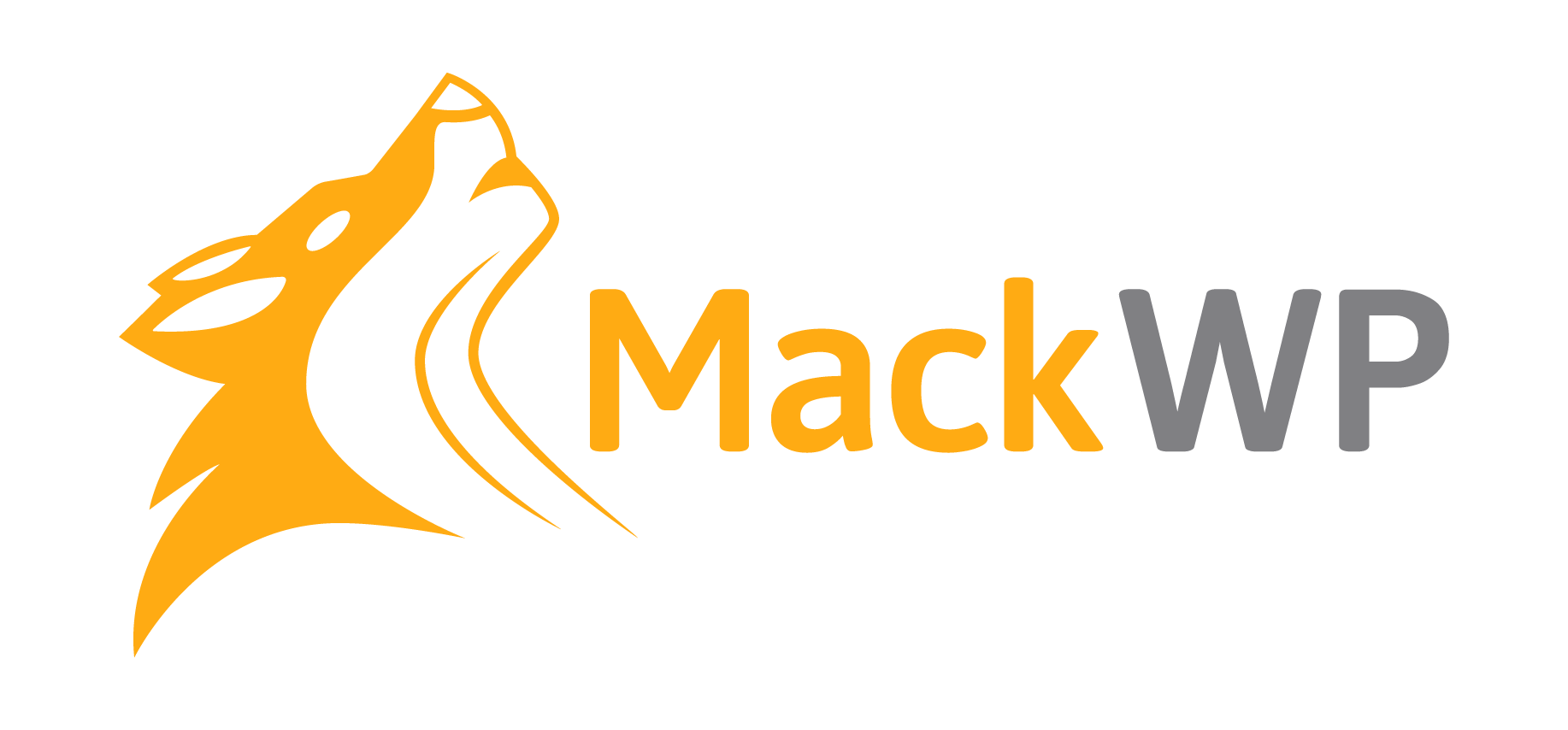
Facebook may have been making headlines for the wrong reasons as of late, yet they still have over 2 billion active daily users. With that level of active users, businesses can’t afford to skip Facebook, and why would any want to?
Organic growth is great, and in our opinion, leads to a more vested audience (they liked your business profile for one reason or another). PPC (pay-per-click) advertising has its place too. When used effectively, PPC may bring in a lot of new business.
How do you reach your target audience with hundreds of targeting options available to you?
Strap in and join us for a ride that covers a few basics to get your PPC ad targeting right.
Disclaimer: you should know your target audience (who you are trying to reach) before you jump into targeting options for your PPC ads. We smell a potential article in the works! If you would like to know more about defining your target market/audience, let us know.
What do we mean by an audience?
There are two aspects to look at here: your audience and your target audience. What is the difference? Your audience consists of those that already like and follow you. This may include individuals or businesses that may never buy from you; they are outside of your target audience. Conversely, your target audience is those you are looking to have join your audience; people and/or businesses that are in your target market.
Your target audience is similar to your target market, and it consists of those who are most likely to buy from you.
Targeting your ads
When it comes to targeting your ads, the options may seem limitless. While having all of these options is great, it can be daunting, leading to indecisiveness and ineffectively setting up your ads. Let’s look at some of the various targeting options you may customize when setting up your ads.
- Location: This one is particularly useful for when your service a particular area, such as a franchise owner that has all clients within a specific set of zip codes. When you are targeting using location, you can target them by country, state, city, zip code, and more. You may also break it down by where they work as opposed to where they live.
- Demographics: There are too many options to list when it comes to demographics. Demographics is based on information Facebook knows about individuals, information like marital status, education level, homeownership, age, sex, and more.
- Engagement: We are all looking for engagement with our content. We have written a lot of content around engagement and what we’re referring to here is when someone engages with your content (likes, comments, shares), then Facebook will show them your ads.
- Facebook Pixel: Primarily used by businesses to target customers and track results, you embed Facebook Pixel in your website, and it does most of the work for you. Facebook Pixel lets your target your ads using behavior: what pages was an individual on, how long were they on a page, did they subscribe to your email, things like that. You set the parameters, Facebook Pixels tracks behaviors, then it sends ads to those individuals that meet your parameters and tracks the results.
- Interests: When you first set up your Facebook profile, you add some of your interests. When you want to see more from a business or organization, you like and follow their page. When you narrow down your ad targeting using interests, you can reach people based on their interests, activities, pages they like, and other closely related topics.
- Custom and saved audiences: When you’re running ads and find that a particular targeting strategy outperforms other targeting strategies, you can save that audience to save time when setting up other ads. Now, we know that is non-comprehensive so let’s dig a little deeper. Maybe you’re running A/B testing on various audiences with the same ad. You can save audience 1, audience 2, audience 3, and so on so you may quickly set up the ads. On the flip side of that, maybe you run multiple ads, which target different audiences. You can set up and save those customized audiences so that you may quickly assign the appropriate audience to the ad.
There is no silver bullet method to targeting your audience. That being said, when you take the time to consider your options when targeting the audience for your ads, you can hone in on your target market. When you get your targeting down and are effectively using PPC ads, they can be a huge revenue driver for you.
MackWP Marketing offers initial consults for free. In these consults, we discover your goals and the steps that need to be taken to achieve those goals. From there, we’re your partner in content marketing and inbound leads.
Let us know what questions you have on PPC advertising and your experiences with it.
Until next time, keep smiling.

Recent Comments